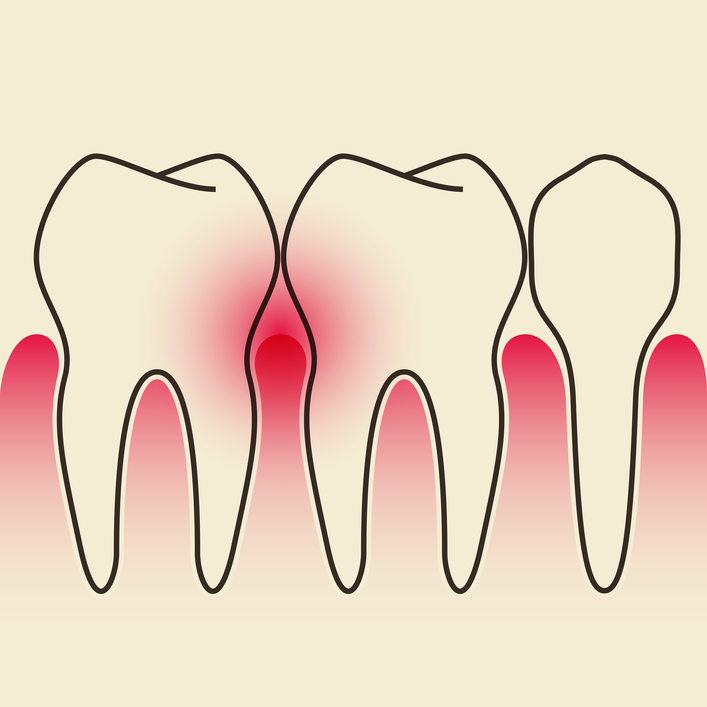What’s The Best Way to Floss
We all know we should floss, but it can be tough. Part of this is because flossing can feel like an extra task in an already busy day, but it...

When was the last time you paused and thought about your gums? Gum tissue can play second string to your teeth because it’s not as noticeable and isn’t a prominent part of your smile. But without healthy gums, your teeth don’t stand a chance. And when gingivitis begins to creep in, it’s important to take action immediately. Don’t fear periodontal treatment – the sooner you get into the office, the better chance you have of preserving your gum line and your smile.
Gum disease stems from the same source as cavities: plaque buildup. When your oral hygiene just isn’t cutting it, bacteria gather on your teeth. As the layer of bacteria grows, it becomes sticky and begins to harden. Hardened plaque is tartar/calculus, and is much more difficult to remove. At this point, you will need professional help to relieve the area of irritation.
As the plaque layer forms, your gums react to the increased presence of bacteria and acids. They become swollen, tender, and red or purple in color. At this stage, you have gingivitis. This is the earliest stage of gum disease, and if left untreated, it will lead to periodontitis, or infection of the gums. Once the gums are infected, pockets form between teeth and soft tissues. These pockets are filled with bacteria, and they will end up separating the gums from the teeth. This destabilizes your teeth and leads to much more serious problems, including bone and tooth loss.
Know the signs of periodontal treatment so that you can take action the moment it strikes. Whether you are in the early stages of gingivitis, or deep in full-blown periodontitis, there’s help ahead. Get in touch with our office right away if your gums are:

Periodontal treatment doesn’t need to feel intimidating. Sure, it’s more involved than your standard cleaning – but going through the process is going to bring your gums back to health, and your mouth to the standard level of comfort that you enjoy. While this means a little stress in the dental chair, it’s well worth the results. And with dental anesthesia, we’ll make sure that the treatment process doesn’t cause you discomfort.
In order to treat gum disease, infected tissue will need to be removed, along with the plaque buildup that caused the infection. This usually kicks off with scaling and root planing. These two procedures remove bacteria and plaque from tooth surfaces and tooth root surfaces. If you have periodontal pockets, those will also need to be tackled and the plaque removed. SRP is typically accompanied by local anesthesia, as removing plaque from below the gum line can cause sensitivity. You may also receive topical antibiotics, or be prescribed medication to take after treatment. This will help prevent the infection from returning.
After periodontal treatment, you’ll be asked to take care of your teeth in specific, thorough ways. It’s vital that you keep your mouth clean and stop the vicious bacterial cycle. This may involve special cleaning products and practices. Dr. Hoffman will brief you on everything you need to do, and provide you with the products you need to accomplish a healthier, happier mouth. You may need to use a water flosser or a medicated toothpaste.
Post-periodontal disease, you’ll have to pay special attention to the state of your teeth. We can help: by scheduling regular dental exams, you’ll get the monitoring you need to keep disease at bay. Contact us today to schedule your next appointment!